The Belgrade Fortress, built on a white ridge above the mouths of two large rivers, demolished several times and rebuilt over 16 centuries, is today a trademark of the Serbian capital.

The Belgrade Fortress was built in a long span between the 2nd and 18th centuries. It was demolished and rebuilt many times and became a symbol of a city that is always rebuilt and created.
Kalemegdan Church Ruzica

Knowing the history of the Belgrade Fortress means knowing a good part of everything that happened in this area and understanding the way of life that modern Belgrade lives. All the armies, peoples and conquerors that passed through this area left their mark, so the Belgrade Fortress can boast of several layers that they raised: Romans, Serbs, Turks, Austro-Hungarians.
Remains of a Roman castrum

The first fortification in this area was built by the Romans in the 2nd century and was the permanent seat of the IV Flavian Legion. It was destroyed by the Goths, Huns, Avars and Slavs. Somewhere in those turmoils, the ancient city of Singidunim was built next to it, built on the same white ridge, after which it got its Slavic name: "BEO-city".
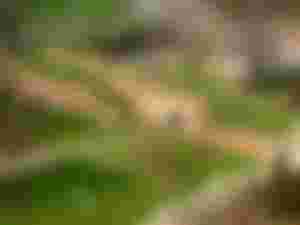
Today's Belgrade Fortress encompasses the Upper and Lower City and the field in front of the fortress itself, which the Turks called "Kalemegdan", combining the word "kale", which means city, fortress and "megdan" - the Turkish word for field. Today, the most beautiful and largest park in the Serbian capital, used to be a field where the enemy was expected. There is more history in every step you take through the Belgrade Fortress than can be written in any book.
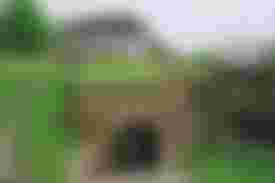
A large number of stories are related to the so-called "Roman well", which was actually built in the first half of the 18th century. Most of the gates that led to the city have been preserved, as well as the Clock Tower, which has maintained all the authentic architectural and stylistic features to this day.

One of the few preserved monuments of Islamic architecture in Belgrade is the Damad Ali Pasha's turbe in the Lower Town, and there is also a large powder magazine and a hamam - an old Turkish bath. Those who love the history of warfare and weapons should visit the Military Museum in the Lower Town and the Nebojsa Tower - a medieval cannon tower that was turned into a dungeon by the Turkish invaders.

Belgrade Fortress still stands today, resisting time, still hiding many secrets
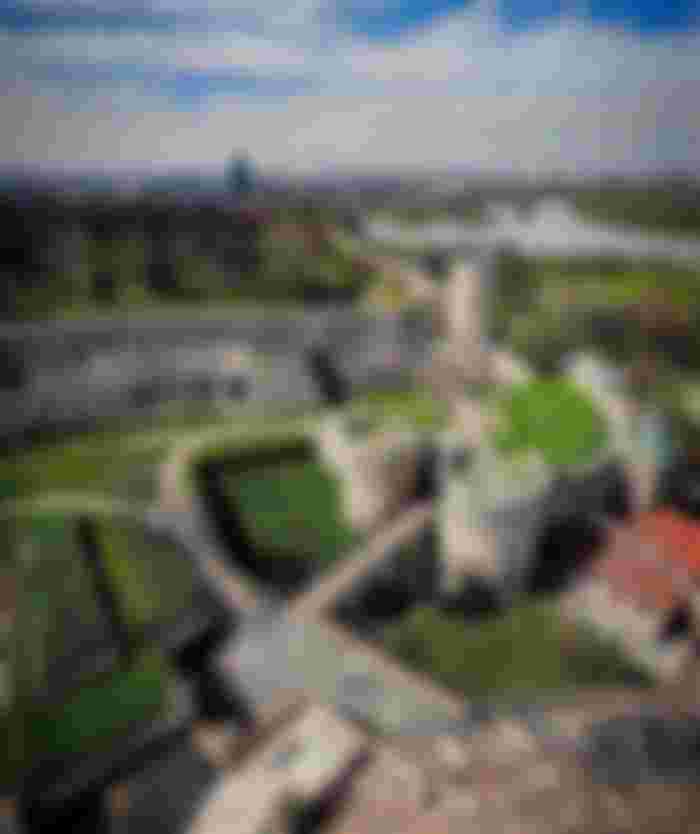
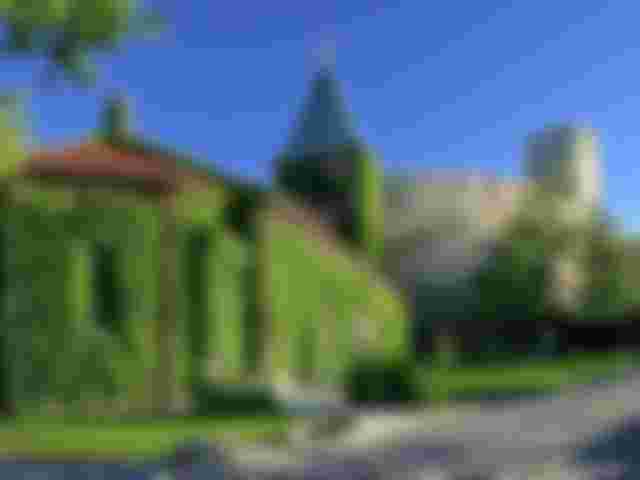
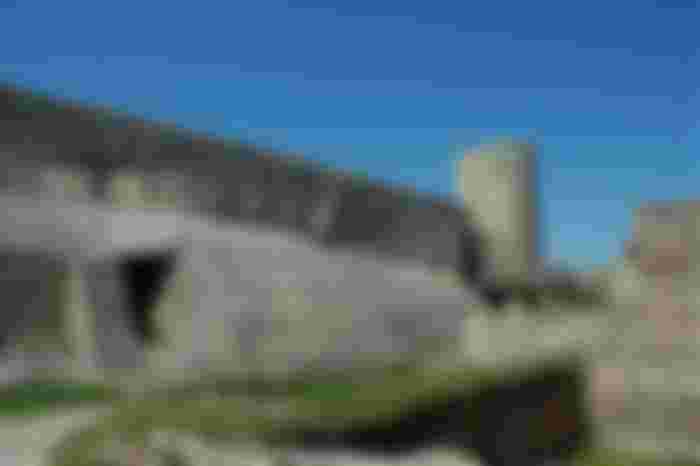

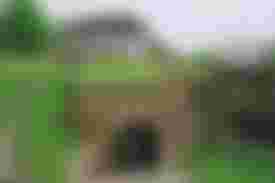
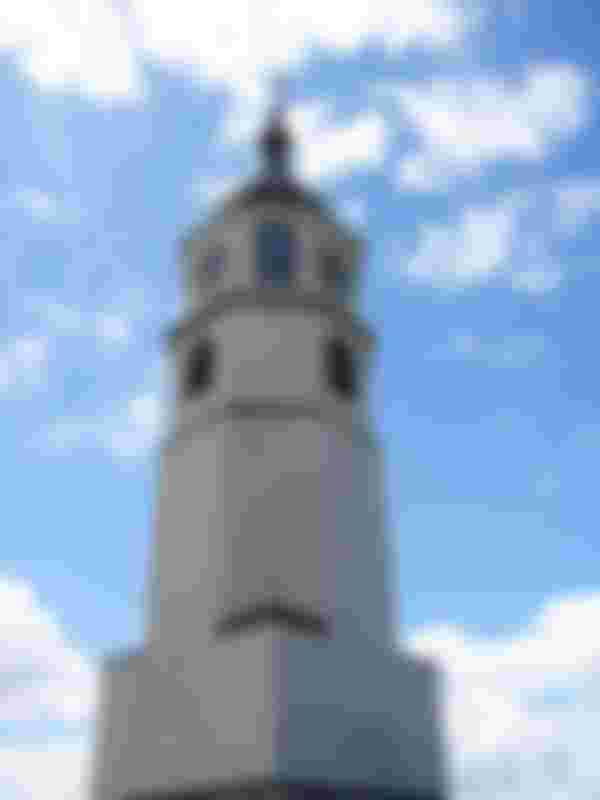
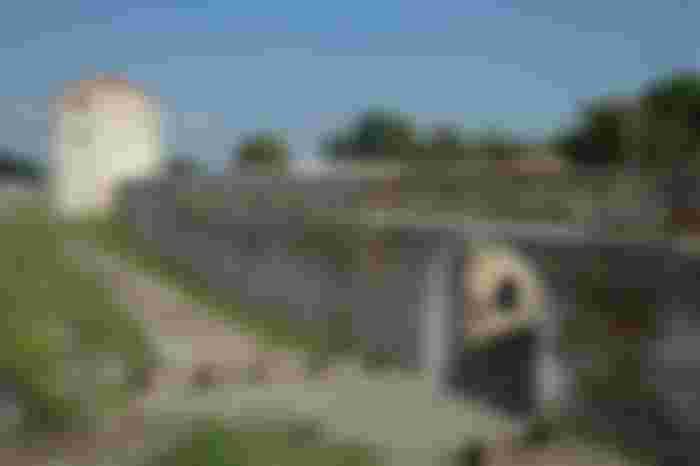
That wonderful and interesting Kalemegdan, which keeps many secrets throughout history in its underground passages.